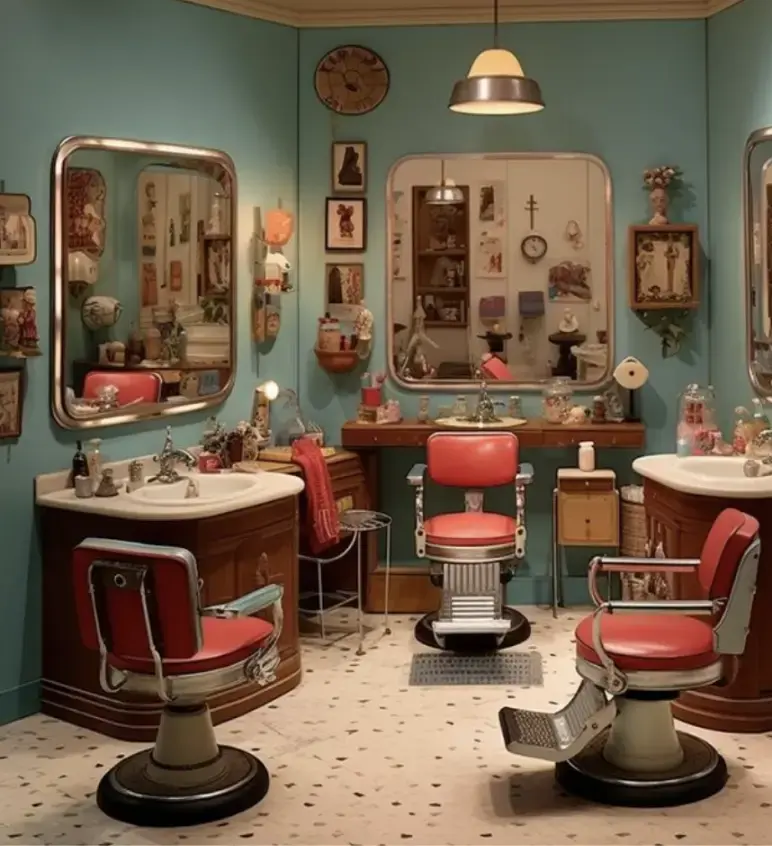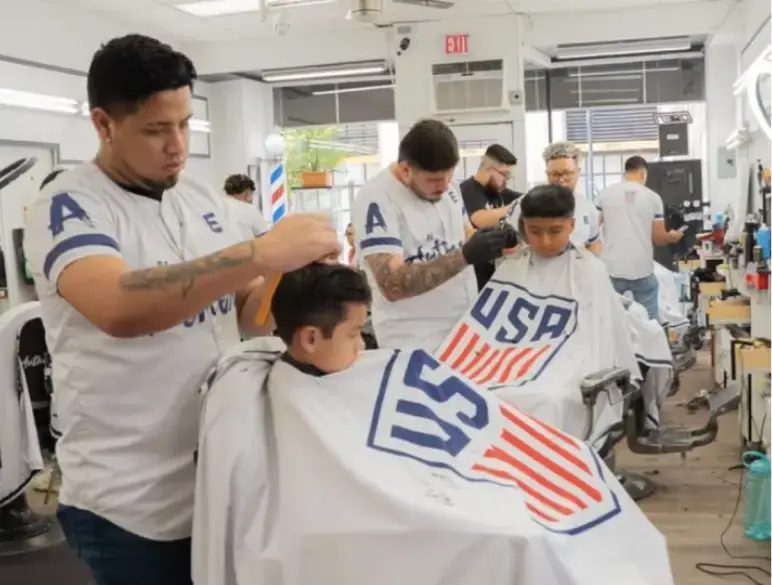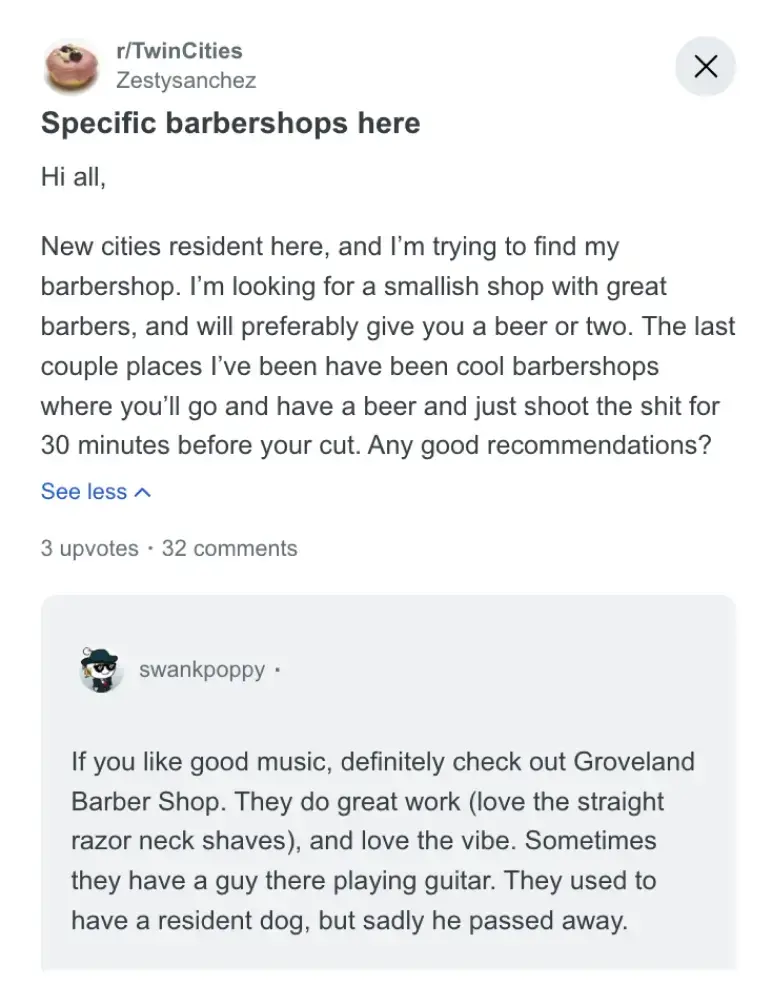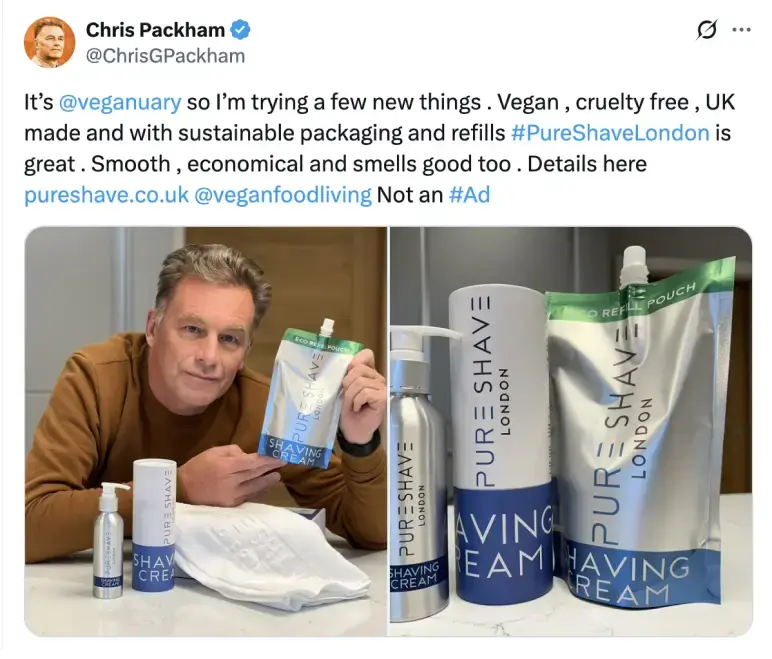Your competitors are booking weeks in advance, charging more, and getting 5-star reviews.
What’s their secret?
It’s not their scissors, not the chairs, but they evolve while others stay the same.
If you want to stay competitive, you can’t afford to ignore the trends shaping barbering today. From customer experiences and tech adoption to social media growth and sustainability, these shifts separate thriving shops from the ones that struggle.
In this article, we break down the key trends every barber needs to know to stay ahead and keep clients coming back.
Here we go.
The current state of the barber business
Ever think the barber business hasn’t changed much, just scissors, razors, and chairs? Look closer. Barbershops operate very differently today, and the industry shifts faster than most people realize.
Moreover, grooming demand remains strong, and people pay more per visit than they did a few years ago.
In 2026, the global barber industry is thriving:
| Category | Value |
|---|---|
| Global Market | $40+ billion (2025) |
| U.S. Market | $5.8 billion (2024) |
| Employment | 158,686 professionals (U.S.) |
| Number of Shops | 130,000+ (U.S.) |
Thus, competition is fierce; almost every town already has multiple shops. You can’t just rely on walk-ins anymore. So, how do successful barbers stand out? From what we’ve seen, they focus on three key areas:
- Technology
- Branding
- Community
The big change is that customers now see a haircut as self-care, a way to express themselves, and even a status symbol.
To make the most of these opportunities, we’ve outlined the key barber industry trends that can help you adapt to change, and if you’re just starting, they’ll guide you in setting a strong foundation.
Let’s dive in.
7 Barber business trends that are shaping the industry (2026)
To stay ahead in the barber industry, include these trends in your business. They’re proven strategies that have already helped many shops grow and succeed.
1) Shift in customer experience
You might remember a time when a barbershop felt like an old vintage hall?
- Thick red Dunlop chairs
- Big mirrors
- Used gowns
- Dim lights
And most probably two barbers waiting for the next customer to walk in…
Something like this 👇🏼

But things have changed. Today, walking into many barbershops feels more like entering a stylish lounge or boutique than a simple corner shop.
Haircuts aren’t just quick errands anymore; they’ve become experiences people actually look forward to.
Today, modern barber shops are equipped with
- Sleek interiors
- Personalized services
- Beard treatments
- Skincare add-ons
- Coffee on the side
Remember, barbershops are turning routine visits into something memorable, and that’s what makes modern barbershops different from others.

Clients today demand tailored grooming experiences. From hot towel shaves and aromatherapy to relaxing massage add-ons, the modern barbershop is no longer just about a haircut. But it’s about creating a complete self-care experience.
Here’s how modern barbershops can enhance the customer experience:
- Add aromatherapy or signature scents
- Include head, neck, or shoulder massages as quick add-ons.
- Serve complimentary drinks like coffee, tea, or water during the visit.
- Create personalized grooming packages.
2) Tech adoption in barbershops
Digitalization is changing the way barbershops operate. They’re going beyond chairs and clippers to meet customer expectations, offering:
- Online bookings
- Cashless payments
- Reminders that keep clients connected with their barber
What’s interesting is that technology is no longer limited to in-shop experiences. Barbers are extending their services beyond the storefront with app-based bookings and mobile barber units. It allows clients to get professional grooming wherever they are.
Moreover, AR hairstyle tools are changing the game. Now, clients can actually see how a cut or style will look before they even touch the scissors. It takes out the guesswork and gives people confidence in the chair.
And it’s not just inside the shop. The mobile barber market is exploding; set to grow by $1.16 billion between 2024 and 2029, because people love the idea of getting a fresh cut wherever they are.
On the business side, barbers are becoming more savvy, too. Many are using management software to handle bookings, payments, inventory, and customer data all in one place.
That means less time chasing admin and more time focusing on clients. Additionally, the software market itself is growing rapidly, at a rate of about 9.2% between 2025 and 2033.
3) Niche positioning and branding
Branding isn’t just a fancy word anymore—it’s survival.
In the barber world, where you might find three shops on the same block, the question is simple: Do you stand out, or do you blend in?
Today’s clients want more than a quick cut. They want a shop that matches their vibe, their values, and even their lifestyle. That’s why niche positioning is taking off.
A barbershop that knows its lane always stands out. It could be luxury grooming, eco-friendly services, or cultural expertise. Whatever the niche, it separates the shop from the “anyone and everyone” model.
Here’s why branding matters more than ever in barbering:
- Creates an identity people remember.
- Attracts the right clients instead of chasing everyone.
- Lets you charge more for specialized services.
- Builds loyalty through shared values and connection.
- Keeps you ahead in a crowded market.
In short, branding gives your shop a personality—and that’s what keeps clients coming back.
Thus, a modern barber industry is about defining your niche early. Whether it’s luxury, eco-friendly, or cultural expertise, let your branding consistently reflect it. That’s how you turn first-time visitors into loyal clients
4) Social media as a growth engine
As users worldwide spend about 141 minutes per day on social media platforms, barbers are making smart use of these platforms to attract customers. Some by posting engaging content, others through reels, tutorials, or creative campaigns.
Social media has become more than just a place to post before-and-after haircut pictures.
Modern barbershops are treating it like a growth engine, building communities, showing off skills, and turning casual scrollers into paying clients. Some do it through quick reels of fresh fades, others with tutorials, behind-the-scenes shots, or even creative campaigns that showcase their brand’s personality.

Why is this so effective? Because grooming is visual, personal, and shareable. A sharp haircut video or a stylish beard transformation instantly catches attention, and in many cases, it travels far beyond the local audience. For barbers, that means:
- Increased visibility
- Customer trust
- Stronger branding
- Direct bookings
- Loyalty and referrals
In short, social media is a new word-of-mouth that helps bring powerful ways for barbers to grow, stand out, and stay connected in a crowded market.
5) Barbershops as community hubs
Barbershops aren’t just for haircuts; they’re spots where people hang out, chat, and share stories. Today, many shops take this seriously.
Barbershop owners use these strategies to attract more customers:
- Host events
- Run workshops
- Design spaces that make clients want to stay
People come not just for a trim—they come to relax, connect, and feel part of the community.

This is significant because community-based loyalty is stronger than any kind of discount. People return time and time again and bring friends with them when they feel comfortable in your store.
Thinking about opening your own barbershop? Read our blog on the essential steps to start a barber business.
6) Revenue diversification
For a long time, barbershops made money from just two things—haircuts and shaves. Simple, but also limiting.
Now, smart barbers are mixing it up. They’re selling grooming products, beard oils, and styling kits right at the counter. Moreover, they’re offering extras like facials, massages, and scalp treatments. Some are even teaming up with lifestyle brands to create unique experiences.
And here’s the best part: it’s not only about bringing in more money. It’s about giving clients the full package. They walk out with a sharp look and the tools to keep it fresh at home.
Here are some key benefits barbershop owners gain by diversifying their revenue streams:
- Boosts average ticket size per customer
- Creates recurring income through product sales
- Positions the barbershop as a one-stop grooming destination
- Strengthens customer loyalty by offering more value
- Builds resilience against seasonal fluctuations in service demand
7) Sustainability & conscious consumerism
Did you know many people are ditching plastic combs for wooden ones? Yes, because plastic is often linked to hair fall.
The same thinking is showing up in the barber world. More clients, especially younger ones, want businesses that match their values.
A shop that focuses on sustainability doesn’t just look good; it earns trust and loyalty. People want to leave looking sharp while also feeling good about their choices.
If your barbershop embraces this shift, you’re already a step ahead of the competition.

This trend is more than an environmental choice; it’s becoming a competitive advantage in an industry where customer perception shapes loyalty.
Conclusion
The barbershop revolution isn’t coming; it’s here. The only question is whether you’re leading it or getting left behind.
Your next client isn’t just buying a haircut. They’re buying into your vision of what a barbershop should be. Make sure you have one.
The barber industry is changing fast. Shops focus on better customer experiences, adopt new technology, and build strong brands.
Additionally, companies nowadays decide to embrace sustainability, diversify their revenue streams, provide communal spaces, and expand on social media. Hair cutting is only one aspect of barbering. It all comes down to adding value and making a deep connection with customers.
It’s not difficult to adjust to these trends. You can plan, monitor growth, and make informed decisions for your shop with the aid of tools like Upmetrics.
Keep your clippers ready and your vision sharper. Lead the change—your next big trend could be what sets your business apart.


